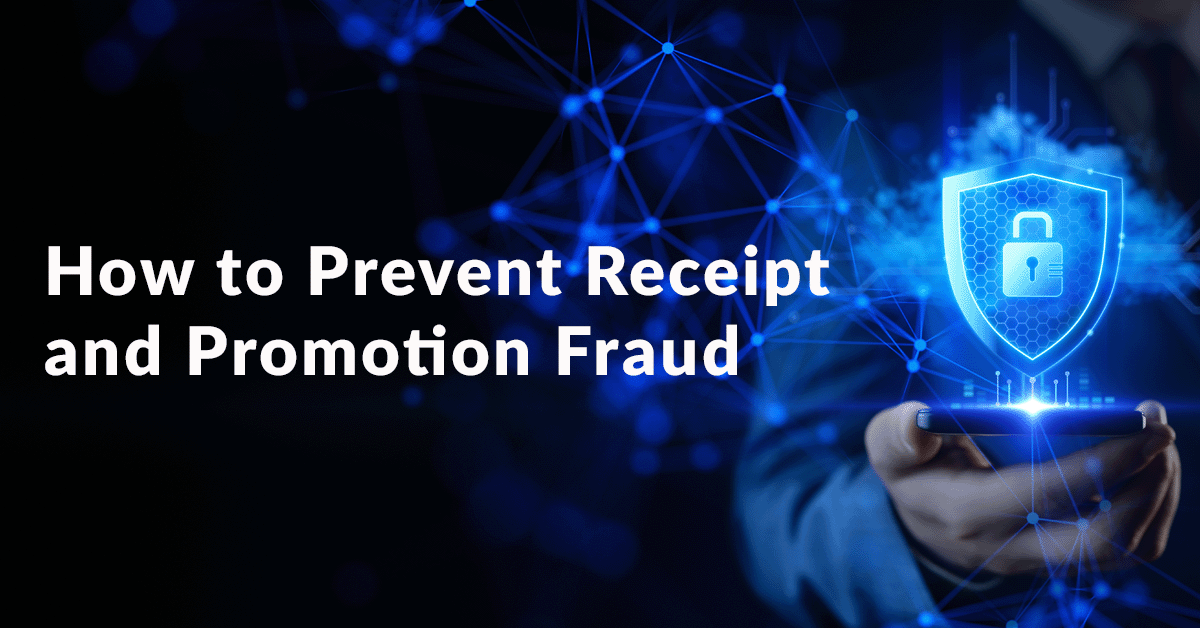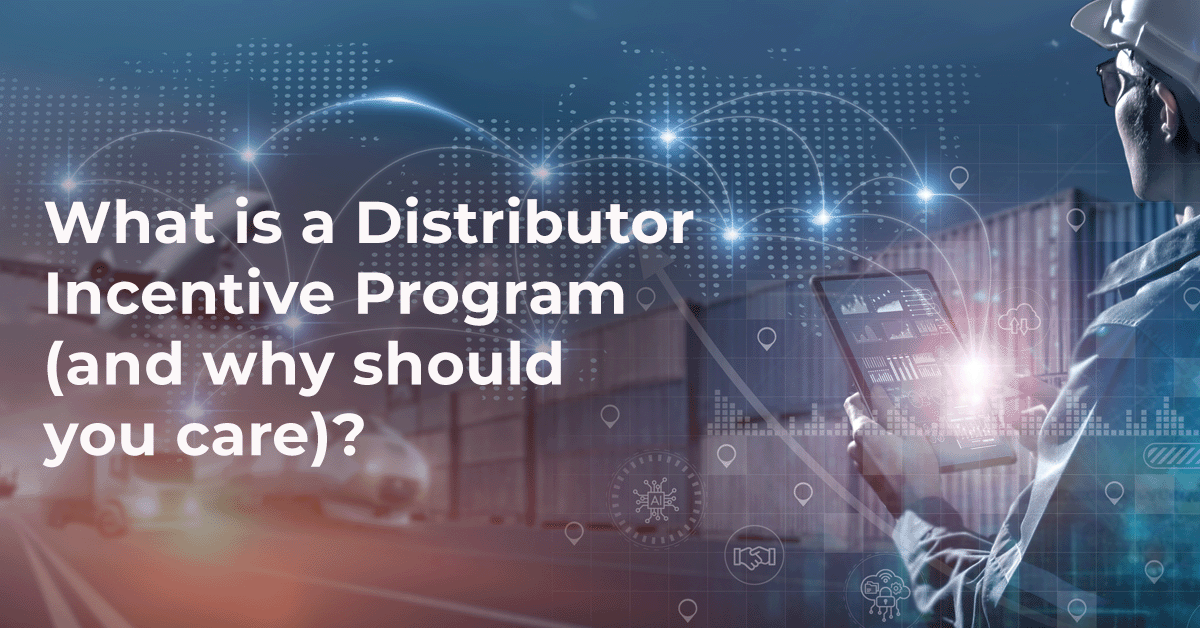It costs up to 7 times more to attract new customers than to retain existing ones. You know it. We know it. That's why you need a customer activation strategy to engage, delight, and retain your existing customers.
Whether you work in B2B or B2C, this article takes you through the five things your customer activation strategy needs to succeed. But before we get onto that, what does customer activation actually mean?
What Does Customer Activation Actually Mean?
Customer activation is a broad term used to describe the techniques marketers use to inspire and motivate customers to interact and share information with a brand. Whether it's attracting first-time buyers or re-engaging repeat customers, your goal is to optimize your touchpoints to provide valuable experiences that help them progress through each stage of the customer lifecycle.
Done well, customer activation lays the foundation for a large base of loyal customers and brand advocates.
Why Does Customer Activation Matter?
Every customer is unique. The tactics you use to influence customer A may have no effect on customer B.
Customer activation gives you a window into your customers’ attitudes, behaviors, and preferences so you can deliver personalized experiences, offers, contests and promotions, and rewards that appeal to them. See also our guide to Customer Engagement Marketing.
This helps you:
- Generate revenue
- Cultivate more profitable customer relationships
- Lower customer acquisition costs (CAC)
- Increase customer lifecycle value
5 Things Found in All Winning Customer Activation Strategies
1. Shopper Data
We all know that customer activation strategies require data to be effective.
From total basket spend to time of purchase and purchase frequency, data is the raw material that provides the actionable insights you need to deliver engaging, personalized experiences through the right channels at the right time.
Customer data comes in four flavors:
- Third-party: Data you collect indirectly from a wide range of sources. This includes behavioral and demographic data.
- Second-party: Data you purchase from trusted organizations or partners.
- First-party: Data you collect passively from your brand’s properties. Point of sale and social media, for example. Customers provide implicit consent to first-party data whenever they engage with your brand.
- Zero-party: Data customers intentionally and proactively share with your brand. This can include delivery preferences, purchase intent, or even an individual customer’s preferred pronouns.
Snipp Tip
Use the data you collect to create distinct buyer personas. Buyer personas are semi-fictional representations of your ideal customer based on market research and some educated guesswork. They help you segment your customers and provide valuable insights into their interests, behaviors, preferences, expectations, and needs.
There are many ways to collect customer data. A loyalty program that rewards customers for choosing your brand is one of the best ways to acquire detailed customer insights that fuel future promotions and campaigns.
2. Customer Activation Technology
From in-store and online purchases to social channels, you collect data from many sources. To build a successful and scalable customer activation strategy, you need a martech solution that helps you activate this data meaningfully to create targeted, personalized messages for every customer.
Automation is crucial here. An automated solution allows you to extract data insights quickly and at scale.
Traditional channels – like phone and email – are less effective at engaging customers than they were a decade ago. Today’s customers span multiple physical and digital channels and geographies. Over 50% of customers use 3-5 channels on their path to purchase.
A key part of your customer activation strategy is ensuring you have the tools to deliver consistent omnichannel experiences, across on-premises and digital touchpoints, owned and third-party/non-owned channels, at every stage of the customer lifecycle.
Snipp Tip
Explore new channels to connect with customers and collect shopper data at scale. Financial Media Networks offer brands access to large untapped audiences of highly shoppers, via banks. Brands can deliver SKU-level cash-back offers on credit/debit card reward programs, within their banking app.
3. Gamification Strategies
Gamification uses traditional gaming mechanics to attract, engage, and retain customers. These include systems that reward customers for completing specific actions, such as purchasing a product through your mobile app, or creating a sense of friendly competition among participants. Think spin the wheel, leaderboards, or profile badges.
Starbucks Rewards is a perfect example of how big brands can incorporate gamification mechanics into their customer activation strategies.
Launched in 2008, this simple yet effective programme lets participating customers earn stars with every purchase. The more stars a customer earns, the better the rewards they claim. Participants can also enjoy "fun freebies", such as free coffees and birthday treats. While making purchases through the dedicated Starbucks Rewards app nets double points.
The programme has been hugely successful. Rewards Customers were responsible for 50% of US company-operated sales in Q1 2021 alone.
Here are some tips to help you gamify your customer activation strategy:
- Reward participation to get new customers through the door
- Keep it simple while providing a sense of achievement
- Define the parameters and goals of your game, so customers know what they must do to get a reward
- Integrate social media into your strategy to recognize participants and allow them to share their experiences
4. Personalized Experiences
91% of customers are more likely to purchase from brands that deliver tailored offers, according to Accenture. And with so many brands competing for the same customers, personalized experiences and tailored activations can give you a leg up on your competitors.
Remember, value is relative. Just because one customer prefers cash rewards, doesn’t mean another will. Many favor experiential rewards and incentives, such as free spa days or a gym membership.
So, to get maximum value from your customer activation strategy, you must consider each customer’s preferences and design activations that resonate with them.
Snipp Tip
If you don't know your customers, it's okay to ask. A quick survey can give you the information you need to deliver tailored offers. And as long as you communicate this value to your customers, they'll be more than happy to share their thoughts.
5. Flawless Campaign Delivery
Speed isn’t the only important factor when it comes to delivering rewards or incentives to activate your customers.
Some activations are instant, while others require prolonged engagement from customers. Each iteration of McDonald’s Monopoly lasts for six weeks. But that’s okay – because the activation reflects the reward.
Snipp Tip
If the reward is a $10 Amazon voucher, customers expect instant gratification. If it’s a two-week, all-expenses-paid trip to the Caribbean, customers won’t mind if the activation is more complex.
Context is equally important here. Almost a third of consumers expect rewards to be tailored to them. Make sure your activations are relevant to each and every customer. If you’re running a promotion on personal grooming products, a coupon for a free pampering session at a luxury spa is more likely to activate them than a month of free Big Macs.
Finally, you should consider customer lifecycle stage. You could offer free samples of your products to entice new customers while offering loyal brand advocates a $50/£30 voucher for every new customer they refer via your rewards platform.
Optimize Your Customer Activation Strategy for Success
Customer service is one of the key factors in brand loyalty. 96% of customers say service quality influences their purchasing decisions.
A well-rounded brand activation strategy allows you to provide contextual, personalized, and rewarding experiences that encourage brand engagement. And by incorporating the tactics outlined in this article, you can optimize your strategy and keep customers coming back time and again. To learn more, see our article about how to measure customer engagement.






